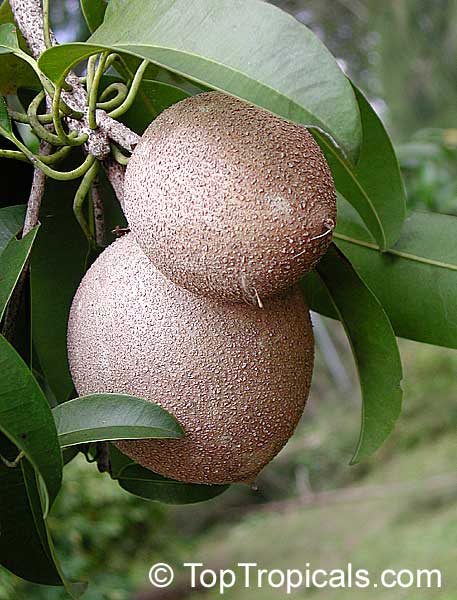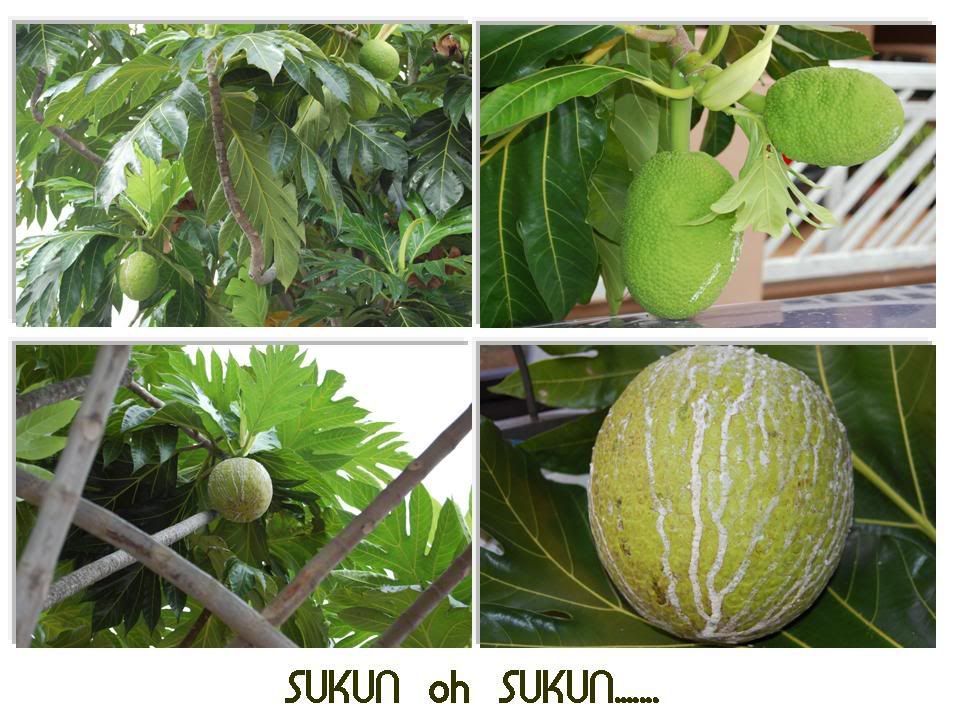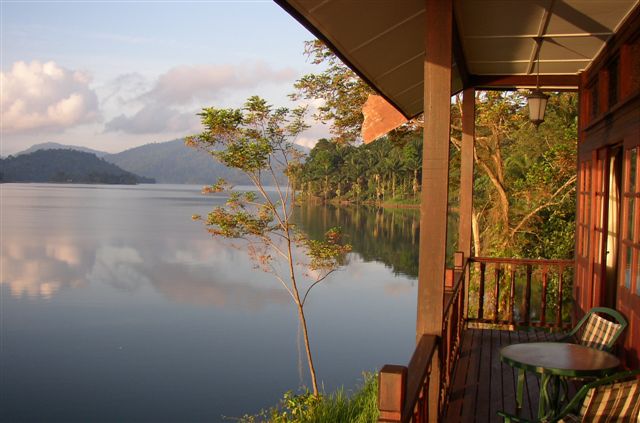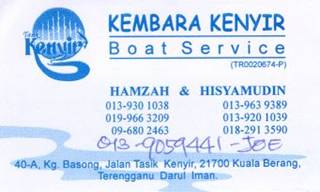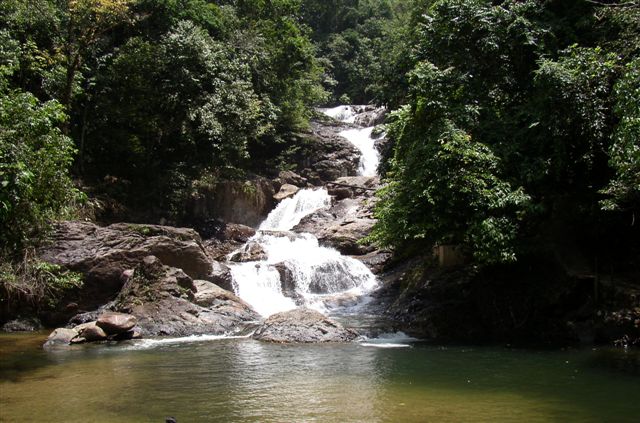| Malaysia's Tasik Kenyir | |
| Malaysia's Tasik Kenyir is famous as the largest man-made lake in south east Asia. Tasik Kenyir is well known as a prime spot for fishing. Located in Hulu Terengganu is the largest man-made lake not only in Malaysia, but also in south east Asia. |  |
| When the area was flooded with water between 1978 and 1985, most of the hilltops and highlands remained above water level, thus creating about 340 man-made islands. There are more than 14 waterfalls, numerous rapids and rivers. And caves. read more... | |
Fox Cave (Gua Musang) | |
| There are two popular stories, and both relate to the huge cave in the hill behind the town. One account says that a group of superstitious hunters were camped out here, when a storm destroyed the hunters’ attap huts. A bolt of lightning struck the hill and almost split it in two. The hunters thought the guardian spirit of the cave was angry and begged for mercy. As they prayed they saw a | 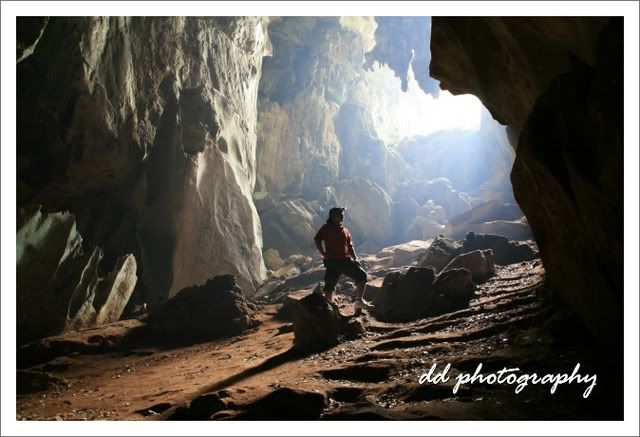 |
| pack of civet cats run into the cave, so they lay in wait for them to come out again. However, the animals never reappeared. The hunters then named the hill Bukit Gua Musang and the town, Gua Musang. | |
Chini Lake of Pahang | |
| Lake Chini or Tasik Chini, about 100 kilometers from Kuantan, with an area 12,565 acres of lush tropical wilderness, is Malaysia's second largest natural lake. Situated on the right bank of the Pahang river, This magical lake is endowed with an endless and captivating scenic beauty and vast tranquil environment and at the same time conceals a mystery lurking beneath its calm waters. |  |
| The enchanting lake, actually a series of 12 inter-connecting water bodies referred to as 'Laut'(sea) by the locals, is a generous treasure trove of nature heritage. The area is richly endowed with biological resources where 138 species of territorial flora and some 300 species of non aquatic vertebrates have been found. The water system is also home to a numerous aquatic vegetation and 144 species of freshwater fish. read more... | |
Layang Layang Underwater Photo Challenge 2007 | |
| This is an excellent opportunity for budding photographers to showcase their underwater shots and eventually,recognition in the field of underwater photography. All winning participants will have their pictures published in the post event write up in Asian Diver |  |
| magazine. In addition, they will also stand a chance to win prizes worth US $30 000 from world class sponsors such as Nautica, Nikon, Oceanic, and dive trips to exotic locations. Registrations are being accepted now through email. Categories for entry are Macro and Wide Angle. This will be a digital photography contest. read more... | |
National Park-Gunung Tahan-Malaysia | |
| Got to experience both frenetic activity and natural serenity during trip to the world’s oldest rainforest as well as luxuriate in the comforts of Mutiara Taman Negara Resort.It’s a three-hour boat ride upstream Sungai Tembeling to the resort in Kuala Tahan, Pahang.The park’s headquarters is also there. | |
| The vast Taman Negara, once known as King George V Park, occupies swathes of Pahang, Kelantan and Terengganu.There are four entry points: from the resort in Kuala Tahan; Merapoh, near Kuala Lipis, Pahang; Kuala Koh, near Gua Musang, Kelantan; and Tanjung Mentong, near Tasik Kenyir, Terengganu. Situated on a six-hectare ground, the resort has various accommodation. Guests can choose from 71 chalets, 14 chalet suites, two bungalows, 16 guesthouses read more...and more pictures | |
Malaysian Fruits





